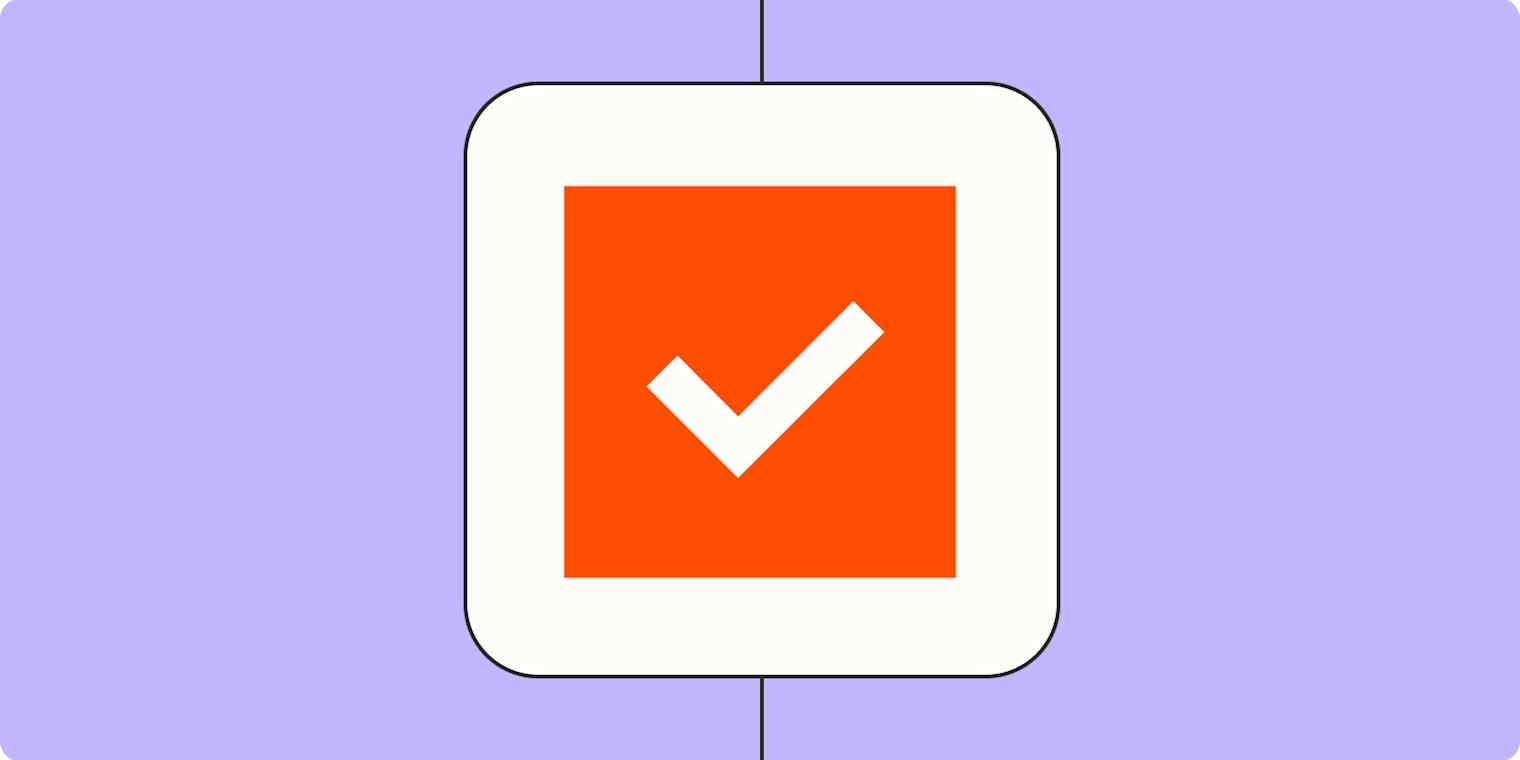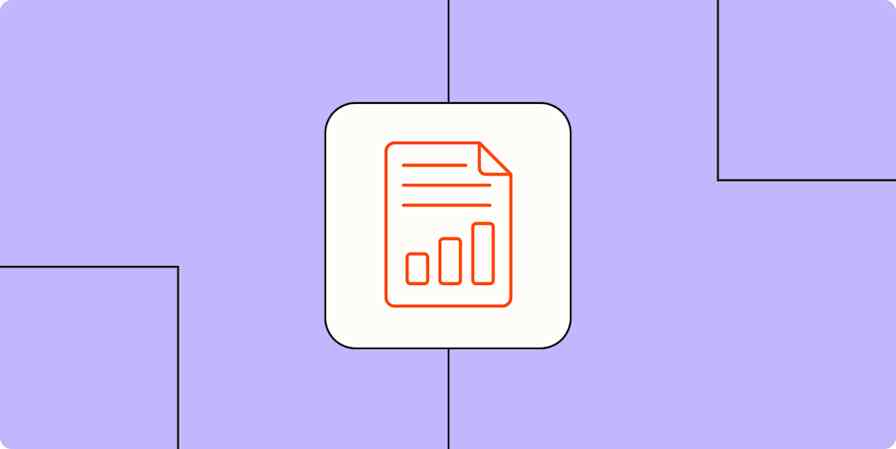Business tips
7 min readDon't Overlook Standard Operating Procedures: Use These Apps to Put Them in Place
By Jonathan Chan · May 26, 2016

Get productivity tips delivered straight to your inbox
We’ll email you 1-3 times per week—and never share your information.
Related articles
Improve your productivity automatically. Use Zapier to get your apps working together.






